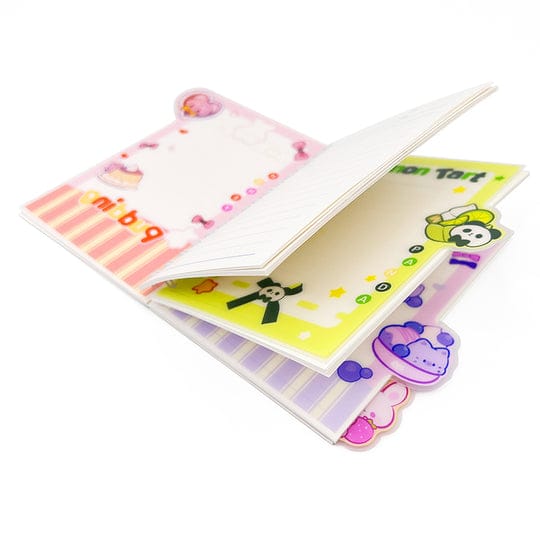Manufacturing Techniques for Spiral Bevel Gear
Manufacturing spiral bevel gear requires precision and expertise due to their complex geometry. Several manufacturing techniques are used to produce these gears, each with its advantages and challenges. Here are the common manufacturing techniques for spiral bevel gear:
1. Gear Hobbing
- Process: Gear hobbing is a cutting process that uses a hob to cut teeth into a blank gear.
- Advantages: Suitable for mass production, high accuracy, and good surface finish.
- Challenges: Limited to certain spiral bevel gear sizes and requires specialized equipment.
2. Gear Milling
- Process: Gear milling uses a milling cutter to remove material and form spiral bevel gear teeth.
- Advantages: Versatile, suitable for various spiral bevel gear sizes and types.
- Challenges: Requires precise setup and alignment, slower than spiral bevel gear hobbing for large-scale production.
3. Gear Cutting
- Process: Gear cutting involves cutting spiral bevel gear teeth using a variety of methods, including broaching, shaping, and grinding.
- Advantages: Can produce gears with high precision and accuracy.
- Challenges: Each method has specific limitations and may require specialized equipment.
4. Gear Grinding
- Process: Gear grinding uses a grinding wheel to grind gear teeth to the final shape and size.
- Advantages: Produces high-precision gears with excellent surface finish.
- Challenges: Requires specialized equipment and is slower than other methods.
5. Gear Lapping
- Process: Gear lapping uses a lapping tool and abrasive paste to achieve a high level of gear tooth finish and dimensional accuracy.
- Advantages: Produces very high precision gears.
- Challenges: Time-consuming process, limited to finishing operations.
6. Gear Shaping
- Process: Gear shaping cuts spiral bevel gear teeth using a shaping machine.
- Advantages: Suitable for medium to low production volumes, good for internal gears.
- Challenges: Limited to certain spiral bevel gear types and sizes, slower than other methods for large-scale production.
7. Precision Forging
- Process: Precision forging uses a die to shape the spiral bevel gear teeth from a metal blank.
- Advantages: Can produce gears with high strength and dimensional accuracy.
- Challenges: Limited to certain spiral bevel gear sizes and shapes, requires specialized equipment.
8. 3D Printing
- Process: 3D printing can be used to produce spiral bevel gears layer by layer using metal powder or other materials.
- Advantages: Allows for complex geometries and customization.
- Challenges: Limited to certain materials and may not be suitable for high-stress applications.
9. Electrochemical Machining (ECM)
- Process: ECM uses an electrolyte and electric current to remove material from the spiral bevel gear blank, creating the gear teeth.
- Advantages: Can produce spiral bevel gear with complex geometries and high precision.
- Challenges: Limited to certain materials and may require specialized equipment and expertise.
10. Electrical Discharge Machining (EDM)
- Process: EDM uses electrical discharges to remove material from the spiral bevel gear blank, shaping the gear teeth.
- Advantages: Can produce spiral bevel gear with high precision and complex geometries.
- Challenges: Limited to certain materials and may be slower than other methods for large-scale production.
11. Hydroforming
- Process: Hydroforming uses hydraulic pressure to shape the spiral bevel gear teeth from a metal blank.
- Advantages: Can produce spiral bevel gear with complex shapes and high precision.
- Challenges: Limited to certain spiral bevel gear sizes and shapes, may require specialized equipment.
12. Composite Materials
- Process: Composite materials can be used to manufacture spiral bevel gear, combining different materials for specific properties.
- Advantages: Can provide high strength-to-weight ratios and specific performance characteristics.
- Challenges: Requires expertise in composite materials and may be limited in application to certain gear types and sizes.
Conclusion
Manufacturing spiral bevel gear involves a range of techniques, each with its advantages and challenges. The choice of manufacturing technique depends on factors such as production volume, gear size, complexity, required precision, and material properties. Manufacturers often use a combination of these techniques to meet the specific requirements of spiral bevel gear applications.




